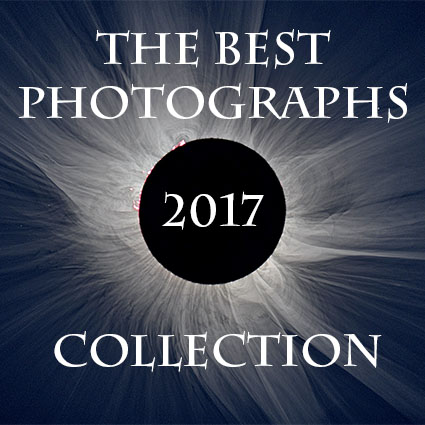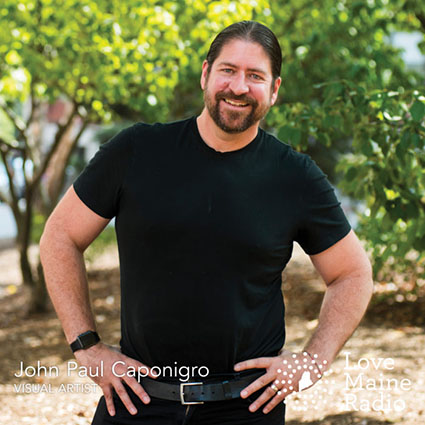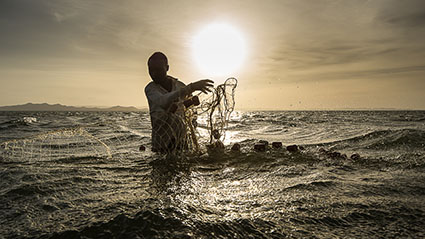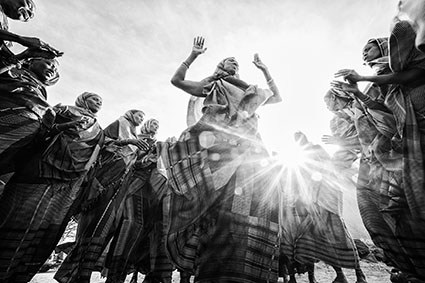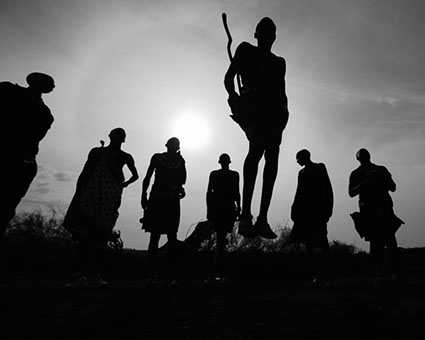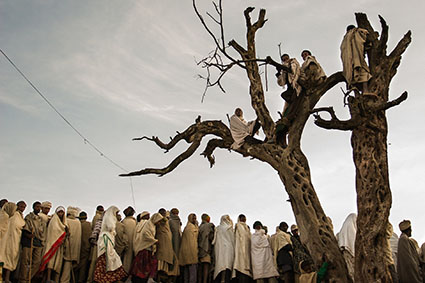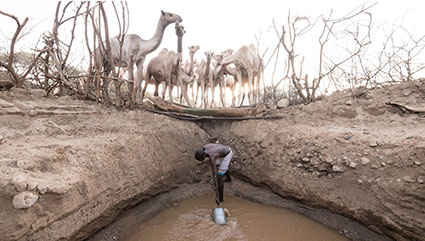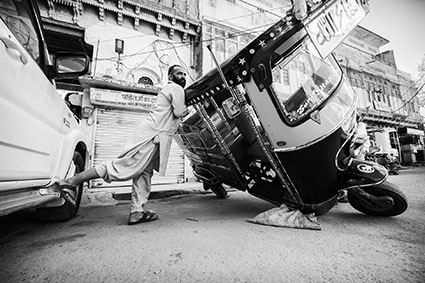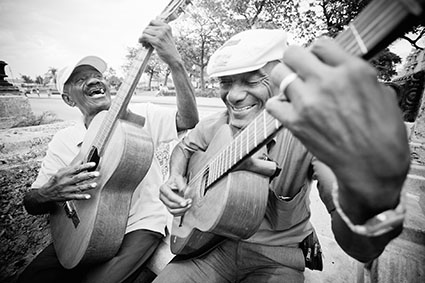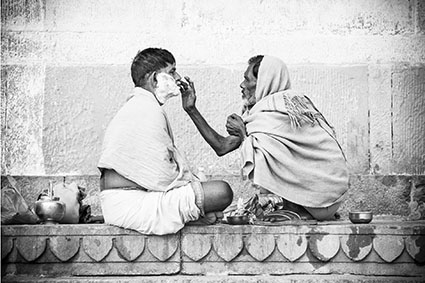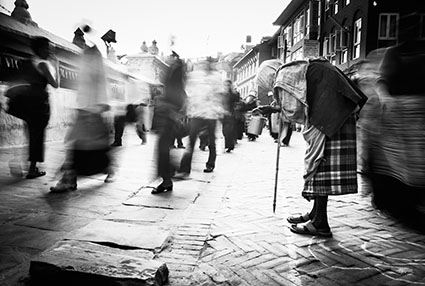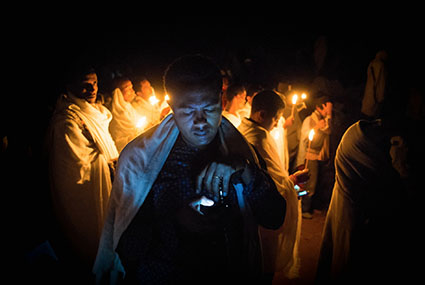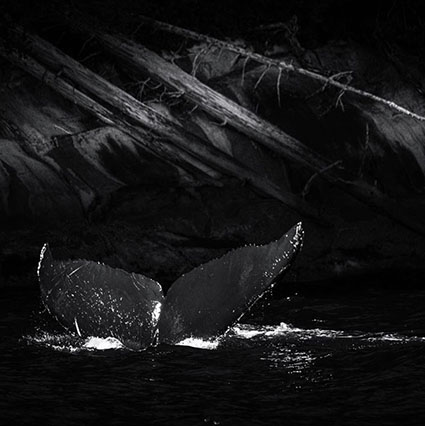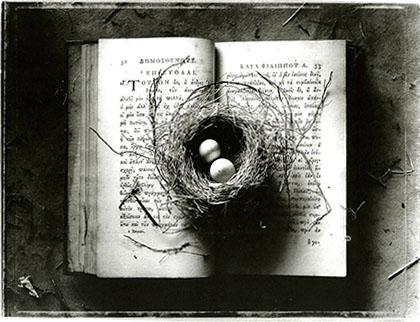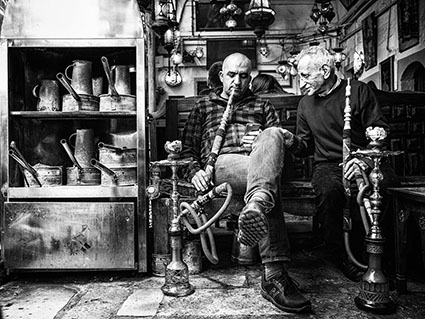
Enjoy this collection of quotes by photographer David DuChemin.
“The cliché comes not in what you shoot but in how you shoot it.” – David DuChemin
“Learning to see is not about having open eyes; it’s about having an open mind.” – David DuChemin
“The more curious we are the more creative we become.” – David DuChemin
“Creativity is about two things; the way we think, and the way we turn those thoughts into reality.” – David DuChemin
“It is we show put the humanity, the vision, and the poetry into our photographs.” – David DuChemin
“When we look at our photographs and find not the slightest reflection of ourselves, it is a good sign that our images have lost their souls.” – David DuChemin
“The idea of authenticity carries such value because we know how difficult it is to be fully ourselves.” – David DuChemin
“Anyone can take a picture of poverty; it’s easy to focus on the dirt and hurt of the poor. It’s much harder—and much more needful—to pry under that dirt and reveal the beauty and dignity of people that, but for their birth into a place and circumstance different from our own, are just like ourselves. I want my images to tell the story of those people and to move us beyond pity to justice and mercy.” – David DuChemin
“A representational photograph says, ‘This is what Vienna looked like.’ An interpretational photograph goes one better and says, ‘This is what Vienna was like. This is how I felt about it.” – David DuChemin
“‘What is it about?’ is not the same as ‘What happened?’” – David DuChemin
“It’s the difference between your wife’s passport photograph and the portraits you took when you got engaged. Both may have been created with similar technology, but what stands in that great gulf between them are the passion you have for your wife, the knowledge you have of her personality, and your willingness to use your craft, time, and energy to express that. One says, “She looks like this.” The other says, “This is who she is to me. It’s how I feel about her. See how amazing she is.” – David DuChemin
“Perfection is overrate, and not to be confused with mastery.” – David DuChemin
“Photographers, like few other kinds of artists I can imagine, have an insanely personal relationship with their gear.” – David DuChemin
“Knowing failure is part of our process, and leads to new ideas, stronger work, and more honest questions, liberates us to peer, a little less frightened, into the unknown.” – David DuChemin
“You yourself are unique–you have ways of seeing your world that are unlike those of anyone else–so find ways to more faithfully express that, and your style will emerge.” – David DuChemin
“The real failure is to rob this world of the contribution only you can make, and to fail to make work that truly gives you that ‘this is what I was created to do’ feeling that has no equal.” – David DuChemin
“I will never reach the end of this journey. I’ll never arrive at a point where others have nothing to teach me.” – David DuChemin
Find out more about David DuChemin here.
Read David DuChemin’s Q&A here.
Read David DuChemin’s Favorite Quotes here.
Preview his new online course The Compelling Frame now.


